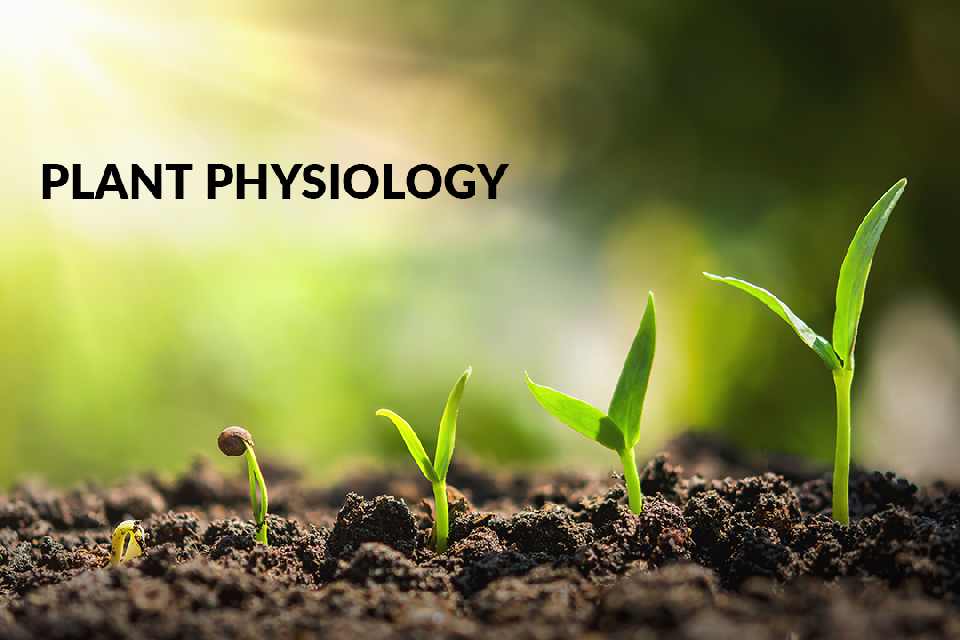Exploring Plant Physiology: Understanding the Science of How Plants Function
- All Levels
- 7 hours
- 16-18 Years
-
 Online Classes (1-to-1)
Online Classes (1-to-1)
 INR 1000.00 Per Lesson
INR 1000.00 Per Lesson

Deepti Mudgal
India |
This comprehensive course dives deep into the vital processes that keep plants alive, growing, and adapting. Perfect for biology enthusiasts and students preparing for competitive exams, the lessons are designed to simplify complex topics with clarity and real-life connections.
Curriculum Structure of Plant Physiology
- Transport in Plants
- Means of transport (Diffusion, Facilitated diffusion, Active transport)
- Plant–water relations (Osmosis, Plasmolysis, Water potential)
- Long-distance transport of water (Cohesion-tension theory, Transpiration pull)
- Transpiration and its factors
- Phloem transport (Mass flow hypothesis, source–sink relationship)
- Mineral Nutrition
- Essential minerals: their role in plants
- Deficiency symptoms
- Mechanism of mineral absorption
- Nitrogen metabolism (Biological nitrogen fixation, Nitrogen cycle)
- Photosynthesis in Higher Plants
- Pigments involved in photosynthesis
- Light reaction (Photophosphorylation, Electron transport chain)
- Cyclic and non-cyclic photophosphorylation
- C3, C4, and CAM pathways
- Chemiosmotic hypothesis
- Photorespiration and its significance
- Respiration in Plants
- Glycolysis, Fermentation
- Krebs’ cycle (TCA cycle)
- Electron Transport System (ETS)
- Oxidative phosphorylation
- Energy yield (ATP balance sheet)
- Respiratory quotient (RQ)
- Plant Growth and Development
- Growth and its phases
- Measurement of growth
- Growth regulators (Auxins, Gibberellins, Cytokinins, Abscisic Acid, Ethylene)
- Photoperiodism and Vernalisation
- Seed dormancy and germination
Human Eye and The Colourful World
- All Levels
- 3 hours
- 11-18 Years
-
 Online Classes (1-to-1)
Online Classes (1-to-1)
 INR 1200.00 Monthly
INR 1200.00 Monthly

Ankit Singh
India |
The chapter "The Human Eye and the Colourful World" explains the structure and function of the human eye, which allows us to see the world around us.
It covers important parts like the cornea, iris, pupil, lens, retina, and optic nerve.
The chapter also discusses
- The eye's ability to adjust its focus (accommodation)
- common vision defects (myopia, hypermetropia, and presbyopia)
- and their corrections using lenses.
Processes of Human Survival – Discover the Amazing Systems Inside You
- Intermediate
- 5 hours
- 11-15 Years
-
 Online Classes (Group)
Online Classes (Group)
 INR 5000.00 Weekly
INR 5000.00 Weekly

Ankita Srivastava
India |
Course Curriculum:
- Introduction to Living and Non-living Organisms
🔹Learn how to differentiate between living and non-living things.
🔹Understand the basic criteria used to determine life.
- Essential Life Processes for Human Survival
🔹Explore processes such as nutrition, respiration, transportation, and excretion.
🔹Understand how these processes help humans survive in their environment.
- Reproduction: Is It an Essential Life Process?
🔹Discuss why reproduction is important for species continuation.
🔹Learn why reproduction is not necessary for the survival of an individual.
Sexual Reproduction In Flowering Plants And Animals
- Expert
- 9 hours
- 16-18 Years
-
 Online Classes (1-to-1)
Online Classes (1-to-1)
 INR 2500.00 Monthly
INR 2500.00 Monthly

Chandan Choudhury
India |
To learn about the reproductive system, fertilisation, and post-zygotic development in both plants and animals (for both beginners, intermediate, and advanced levels for students starting from the 6th standard to students preparing for NEET)
Course Structure
Sexual Reproduction In Flowering Plants And Animals
- Gametogenesis In Plants And Animals
- The Female And Male Reproductive Systems In Plants And Animals
- Ways Of Gamete Transfer And Pollination In Plants
- Fertilisation And Post-Zygotic Development In Both Plants And Animals












 Academics
Academics Tech Skills
Tech Skills Soft Skills
Soft Skills Hobbies & Wellness
Hobbies & Wellness
